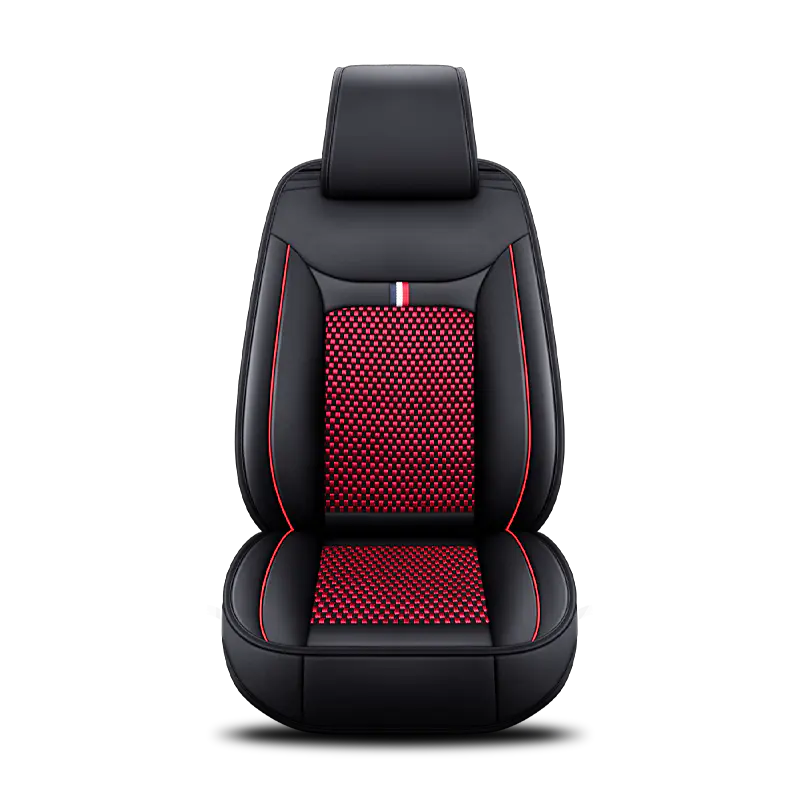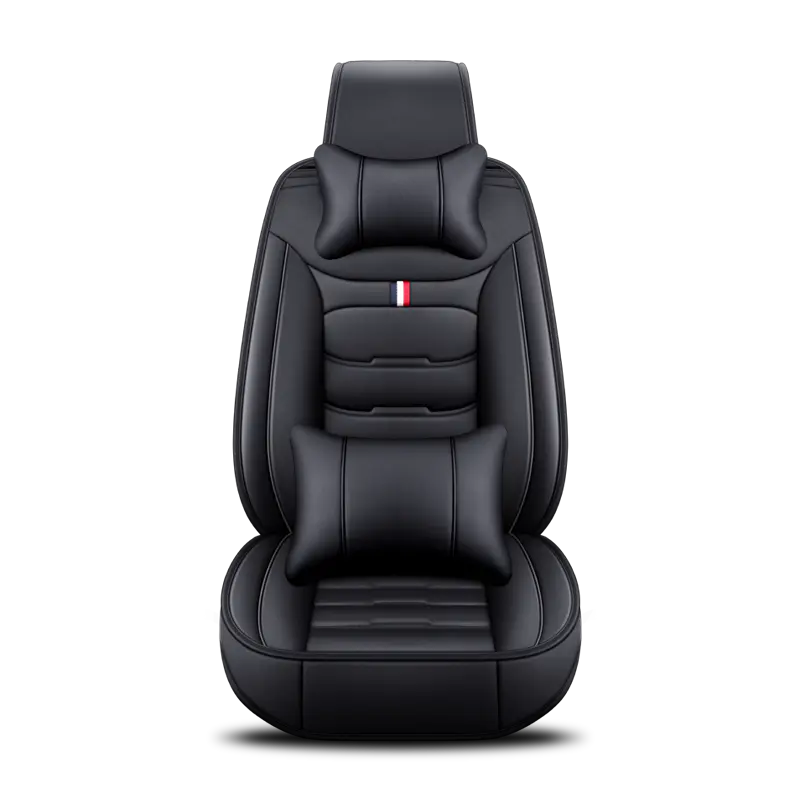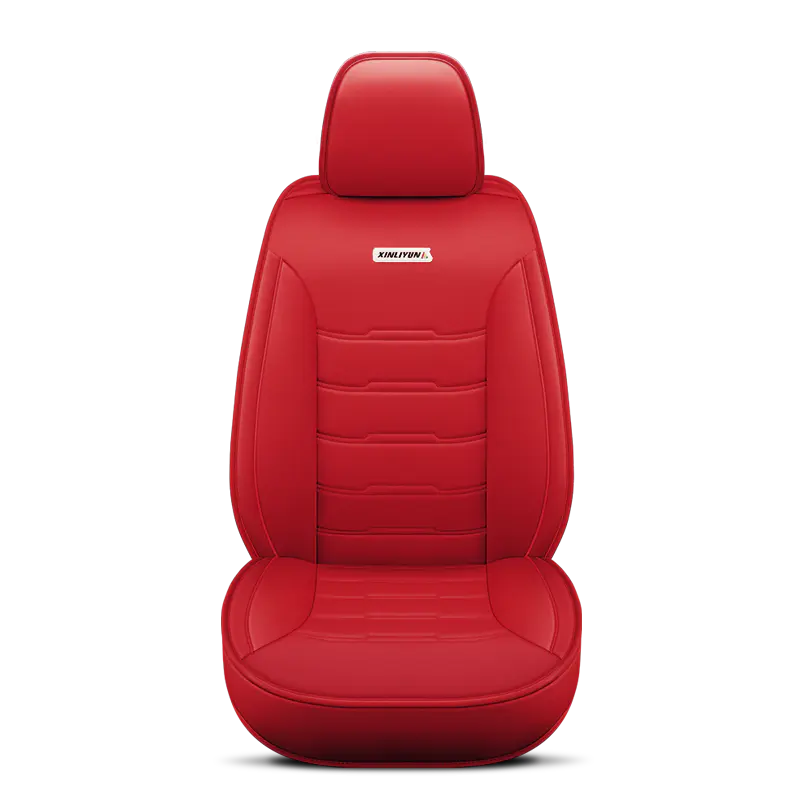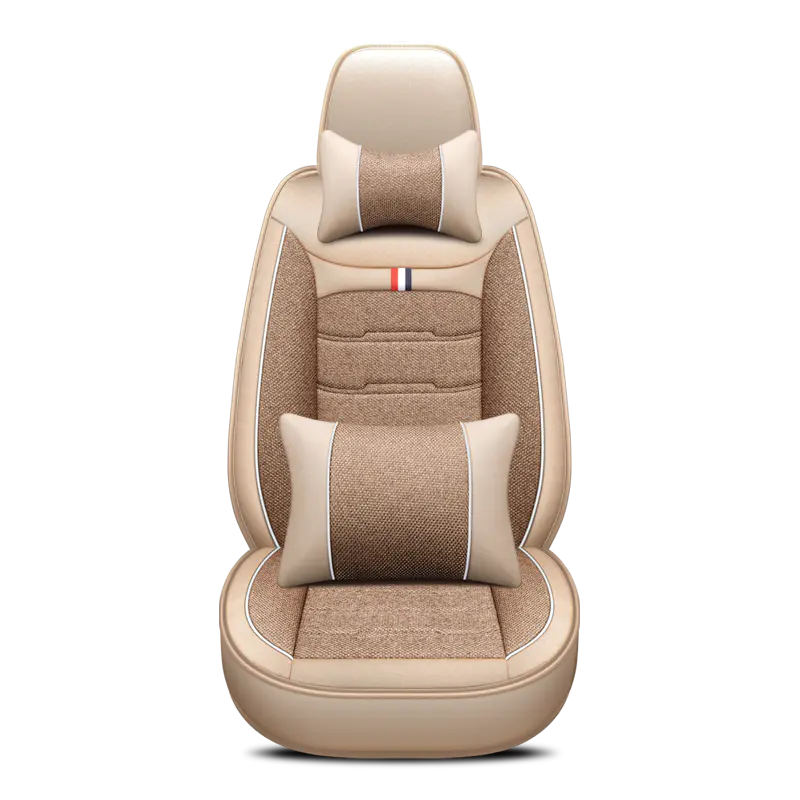Nappa leather, renowned for its soft texture and fine grain, is a preferred material for automotive interiors seeking to project an aura of refined comfort. Derived from full-grain hides through a specific tanning and finishing process, it offers a supple feel that distinguishes it from other leather types. However, the very properties that contribute to its appeal also render it susceptible to a range of practical issues. Owners of vehicles equipped with Nappa leather seat pads often encounter challenges related to its durability, maintenance demands, and interaction with environmental factors. A systematic examination of these problems provides a clearer understanding of the material's characteristics in the context of daily use.
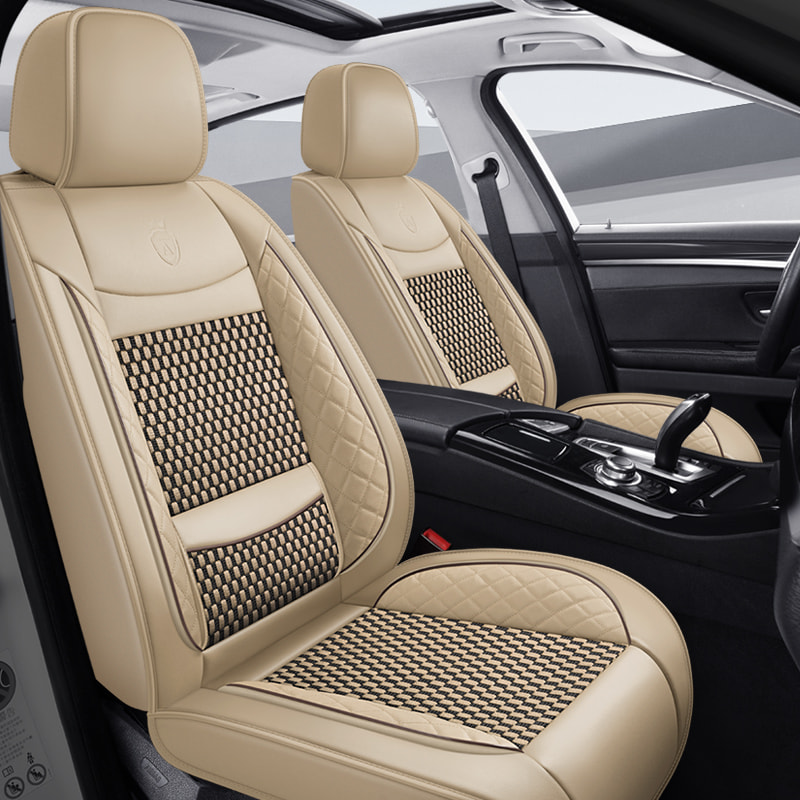
I. Susceptibility to Physical Damage and Wear
The soft and pliant nature of Nappa leather, while comfortable, compromises its resistance to abrasion and deformation over time.
Pronounced Scratching and Scuffing: Due to its delicate surface, Nappa leather is highly vulnerable to marks from sharp or abrasive objects. Items such as keys, rivets on clothing, or even pet claws can leave permanent scratches and scuffs. Unlike more robust leathers, these marks are not easily buffed out because the damage often affects the dye layer and the leather's top grain directly.
Stretching and Permanent Creasing: The high tensile strength and flexibility of Nappa leather can problems with stretching. Over years of use, the constant pressure from entering and exiting the vehicle, combined with the weight of occupants, can cause the leather to stretch permanently. This often results in deep, fixed creases and a slightly baggy appearance on the seat bolsters and seating surface, diminishing the seat's original tailored look.
Surface Abrasion on High-Contact Areas: Areas subject to consistent friction, such as the outer side bolsters of the driver's seat, are prone to accelerated wear. The constant sliding motion against this part of the seat can cause the surface grain to become polished and thin, potentially color loss and, in advanced stages, cracking of the leather substrate.
II. Demanding Maintenance and Cleaning Regimen
Preserving the appearance and integrity of Nappa leather requires a consistent and meticulous care routine, which can be more involved than for other automotive materials.
High Porosity and Stain Absorption: Nappa leather is typically aniline-dyed or semi-aniline-dyed, meaning its surface is more open and porous than heavily coated leathers. This makes it highly absorbent. Spills like coffee, ink, or oil can penetrate deeply and quickly, making stains difficult to remove completely without professional intervention. Water-based spills can also leave dark spots if not blotted immediately.
Sensitivity to Chemical Cleaners: The delicate nature of the leather and its dyes means it is easily damaged by harsh chemicals. Cleaners containing strong solvents, alkalis, or ammonia can strip the natural oils from the leather, leaving it dry and brittle. They can also cause fading or discoloration, permanently altering the seat's color. This necessitates the use of specialized, pH-balanced leather cleaners, which often come at a higher cost.
Need for Regular Conditioning: To prevent the leather from drying out and cracking, regular conditioning is essential. However, over-conditioning can clog the pores and create a greasy film that attracts dirt. Finding the correct balance and frequency for conditioning—typically every three to six months, depending on climate and use—is a required part of ownership to maintain the material's suppleness.

